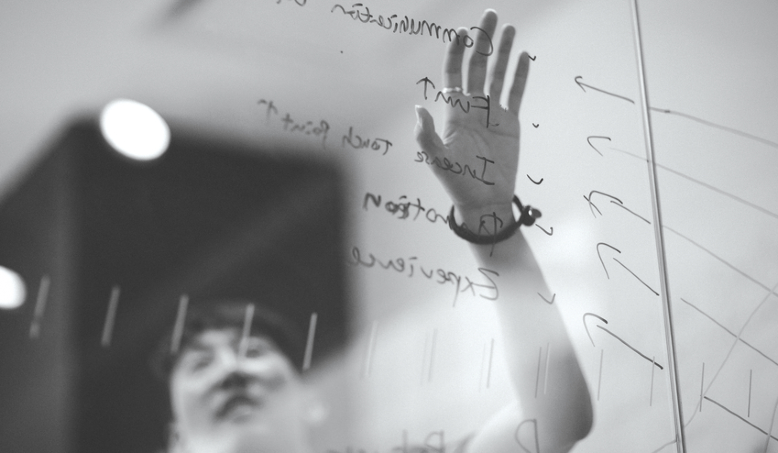As the world is gripped by the worst pandemic in a century, society is trying to find a way out of the inevitable damage to economic, political, and social structures caused by COVID-19. At all levels (country, organizational, individual) there is a clamor for a strategy to find a way back to life before the pandemic hit. How do we respond strategically to COVID-19?
Three steps to developing an effective strategy
There are three aspects that are central to developing a strategy to cope with COVID-19. First, strategy is not for the current moment. As a process and philosophy, strategy is designed for the medium- to long-term—not short-term—crisis management. Second, all strategies should be placed in the specific context faced. All companies, industries, and countries have been impacted differently by COVID-19. A one-size-fits-all approach will not work. Third, the pathway to strategic transformation is to move from efficiency-driven strategies towards resilience-based ones.
Timing and context are crucial
In a crisis, strategy takes a back seat to tactics and operations. The crucial task for executives is to manage business continuity, rather than build strategy. This means different things to different industries. In sectors where the ability to switch to digital channels for product or service delivery is relatively easy (education, retail), continuity is relatively painless—although it requires some process re-engineering. By contrast, sectors that are subject to far reaching lockdown without digital channel alternatives, there are opportunities to undertake review, repair, and redesign of assets, facilities, and processes during the lockdown. So that when restrictions are lifted, the company may be in a better shape to restart activities.
It’s super-important to emphasize that the impact of COVID-19 is highly contextual. In countries where, at the time of writing, restrictions are relatively tight such as Italy, France, and Spain, the impact of lockdown is likely to be severe. By contrast, in Sweden or the US, the level of shutdown is much lower and so it would be mistaken to suggest that all companies everywhere need to replicate the same response. Of course, COVID-19 impacts also vary substantially by sector. As gruesome as it may sound, some companies may actually benefit from COVID-19. For example, online retailers, medical equipment producers, and chemical producers. Avoid a one-size-fits-all approach!
A new kind of business model?
Only once the acute crisis is over does strategy come into the foreground. At its core, strategy must confront new business realities post-COVID-19, as it is improbable that we will return to business practices pre-COVID-19. In recent decades, business strategies have been based on a blend of global sourcing, just-in-time delivery and offshoring practices to maximize efficiencies and customer centricity. In the light of COVID-19, this may have to evolve. Strategy should explicitly build resilience into a company’s business model.
What this means is that first, value chains may have to be localized to enable smoother access to inputs in a future lockdown. Second, business inventories will have to be larger than the most efficient configuration to provide buffers against future disruption. Third, the restrictions likely to be lifted last will be those related to international travel. The role played by teleconferences and teleworking during COVID-19 demonstrates that extensive travel may not be as necessary as before. Investments in reliable digital communications technologies will be a worthwhile effort strategically.
Worried how the current situation might affect your future study plans? Don’t be—Hult is a business school ready for anything.



